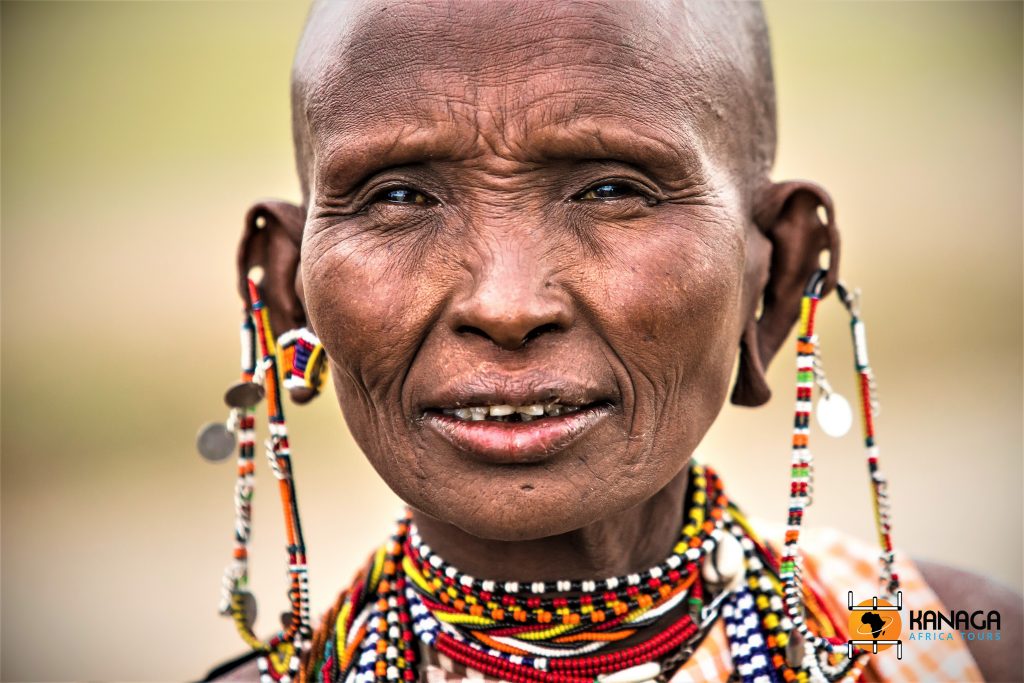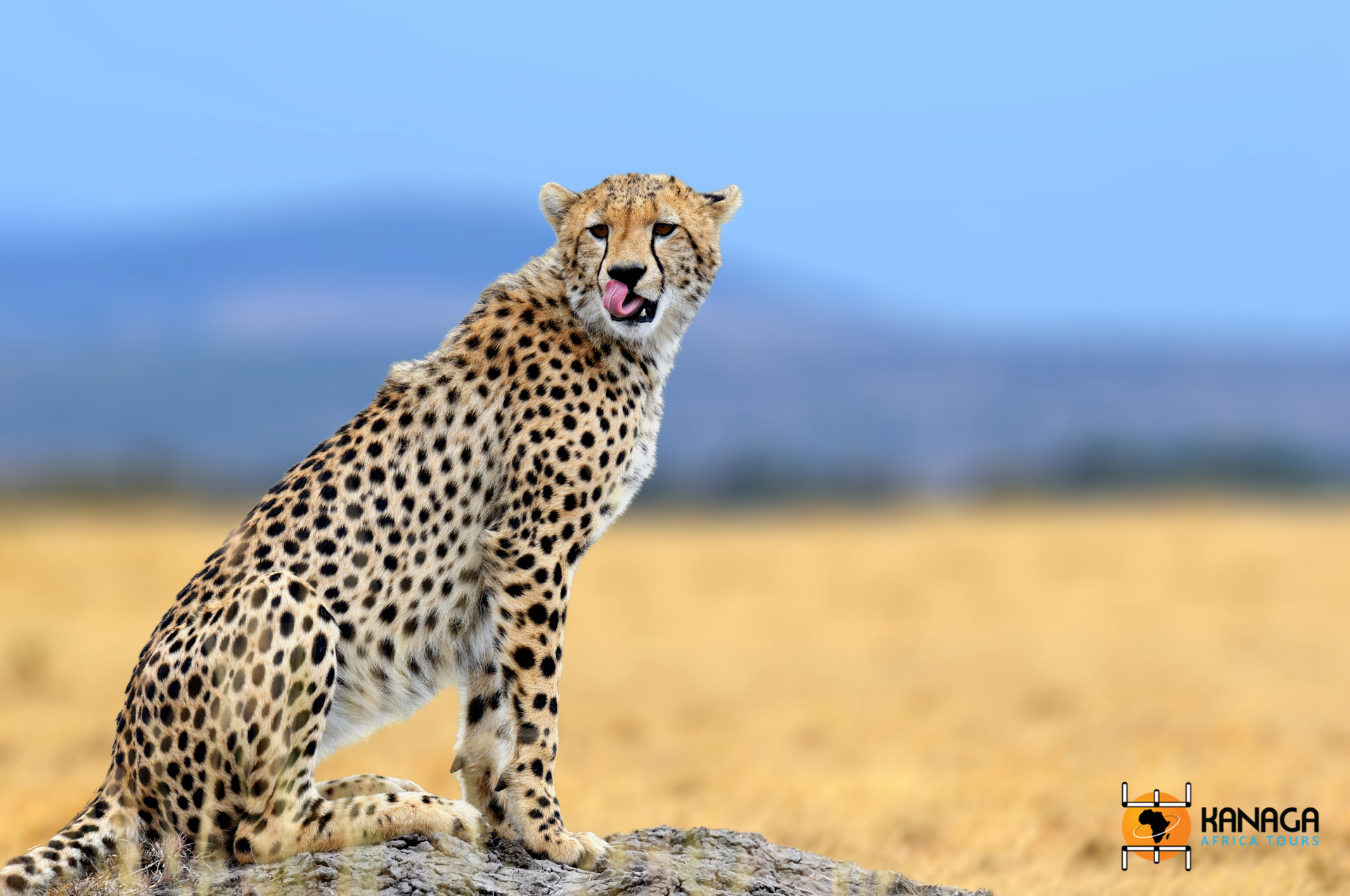In the southern region of Kenya, between Nairobi and the Tanzanian border, the country’s most famous and wildlife-rich national parks and nature reserves lie, the picturesque and historic Amboseli, the distinctive Masai Mara and the huge Tsavo.
Amboseli Park and the Masai Mara, once a single reserve, were established between the 1960s and 1970s and are located in the region historically inhabited by the Maasai people, semi-nomadic herders of Nilotic origin who migrated here in the 16th and 17th centuries. If a real myth has been built around this legendary people of ancient warriors (morans), it is quite understandable, given the evocative scenery in which they live and in which they have kept intact their fascinating traditions, customs and habits, which make them the true custodians of the secrets of such a wild nature. If in fact tourists have to comply with strict safety protocols and respect for the fragile ecosystems of a totally unknown environment, the Maasai people move freely, perfectly integrated in an apparently “ferocious” land.
The first thing that jumps out at you when you visit a Maasai camp in the vicinity of the protected areas are the bramble fences that surround the houses and the areas where the herds are stalled (enkang) to avoid aggression from carnivorous predators. The Maasai, dressed only in red or black cloth (depending on age), a spear and the characteristic shield of decorated leather, with beautiful aesthetic shapes, hand down from generation to generation their ancestral beliefs, through complex initiation rites, which mark the passage of age groups and roles within the clan. The warriors’ houses of initiation (manyatta) are devoid of thorny fences, since the first thing taught at circumcision is the art of defence, hunting and war. Each traditional ceremony is accompanied by hypnotic chants and evocative traditional dances.
A tribalism that also involves the exploitation of natural resources, in symbiosis and mutual respect, in balance with the surrounding nature and with the supreme God Enkai, worshipped through the intercession of the Oibolon (priest). This has meant that, although they have had most of the fertile land in the reserves expropriated, they have been allowed to graze within some sectors of the national parks, due to their historic ‘care’ for the surrounding landscape.
Even today, the Masai are still considered the sole custodians of the secrets and riches of an unpredictable and apparently hostile nature.
A nature of boundless savannahs dotted with shrubs, umbrella acacias and grasslands, enhanced by the monumental profile of Africa’s highest mountain, Kilimanjaro, which forms the backdrop to the Amboseli grasslands, soaring over the Tanzanian border with its snowy peaks tinged with pink at sunset, making the scenery even more magical.
Every year thousands of visitors flock to these expanses in search of exciting safaris and encounters with the legendary Maasai people, both because of the extraordinary ‘picture-postcard’ setting in which they find themselves, but above all because of the incredible amount and variety of wildlife that passes through them.
Apart from the great primates, such as chimpanzees and gorillas, the fauna is practically complete. Herds of thousands of buffalo, elephants, wildebeests, antelopes and gazelles of all species, Maasai zebras and giraffes, lions, cheetahs and leopards, rhinos, hyenas and caracals, hippos, vultures, ibises and many other wildlife and bird species roam undisturbed on a land perpetually watered by the Kilimanjaro glaciers or covered with volcanic soil.
Among the most exciting sightings are the spectacular great migrations of wildebeest, buffalo and impala, or the mythical “Big Five”, due to their size and ferocity: rhinoceros, lions, elephants, buffalo and leopards; and the “Special Five”, due to their rarity and endemic characteristics: the Grevy’s zebra, the reticulated giraffe, the Somali ostrich, the Gerenuk antelope and the beisa oryx.
Among the most striking images are the endless herds of herbivores crossing Amboseli in the shadow of Kilimanjaro, the little lions playing in the shade of an acacia umbrella in the Maasai Mara, and the ‘red’ elephants and zebras covered in clay dust, typical of the hilly landscape of the gigantic Tsavo, crossed by the mythical railway, for the construction of which 135 workers of the autochthonous Akamba population lost their lives in the 19th century, attacked at night by the most famous pair of mane-less lions, now embalmed in the Chicago museum, who, hampered by toothache, had to change their diet.







